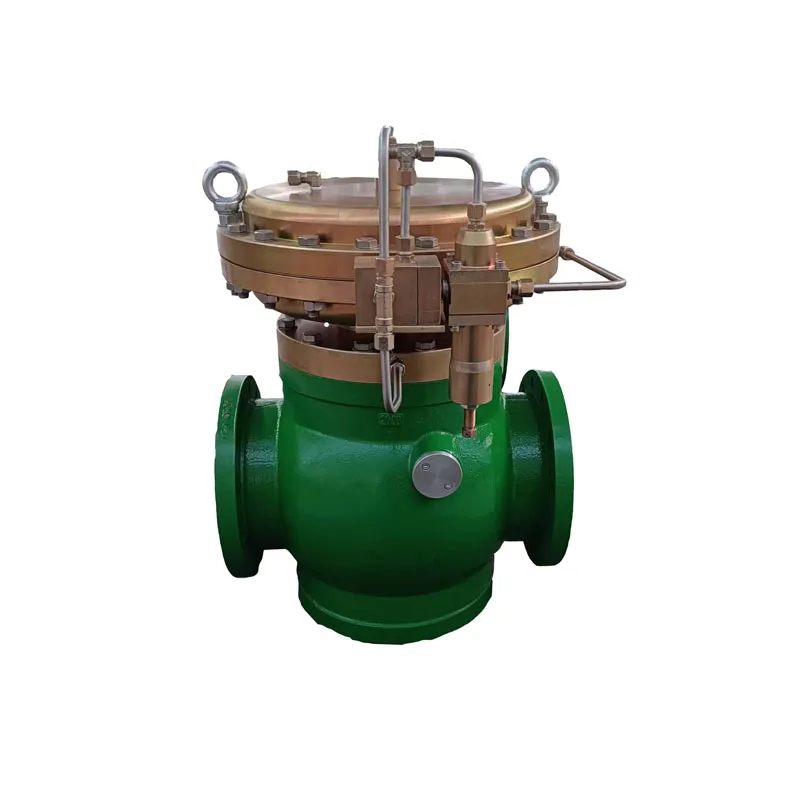
Dec . 19, 2024 07:44
Back to list
Gas Pressure Regulator Valve Overview and Its Importance in System Efficiency
Understanding Gas Pressure Regulators An Essential Component in Various Industries
Gas pressure regulators are critical devices used in various applications, from residential heating systems to large industrial processes. They play an essential role in maintaining the safety and efficiency of gas usage by regulating the pressure of gases that flow through pipelines. Understanding how gas pressure regulators work, their types, and their applications can help users ensure safer and more efficient gas usage.
What is a Gas Pressure Regulator?
A gas pressure regulator is a mechanical device designed to control the pressure of gas in a system, ensuring that it remains at a designated level regardless of fluctuations in the upstream supply or downstream demand. By maintaining a consistent pressure, regulators protect equipment from damage, optimize performance, and ensure efficient gas consumption. The most common gases regulated include natural gas, propane, and compressed air.
How Do Gas Pressure Regulators Work?
At its core, a gas pressure regulator is comprised of a sensing element, a diaphragm, and a valve. When gas flows into the regulator, the sensing element responds to the increased pressure. This response causes the diaphragm to move, which in turn adjusts the valve to either restrict or allow the flow of gas. The design of the regulator ensures that the output pressure remains constant as demand fluctuates or as the supply pressure changes.
The regulators can be categorized into two main types single-stage and two-stage regulators. Single-stage regulators reduce high pressure to a lower, usable pressure in one step, making them simple and compact. However, they can be less precise and more affected by variations in inlet pressure. Two-stage regulators go through two phases of pressure reduction, providing greater stability and precision in the output pressure, making them ideal for applications requiring a constant gas supply.
.
Gas pressure regulators are used in a wide range of applications across different industries
صمام منظم ضغط الغاز

1. Residential Use In homes, gas pressure regulators control the natural gas supply for heating, cooking, and water heating. They ensure that appliances receive gas at a safe and efficient pressure level.
2. Industrial Processes Industries often use gas regulators for processes such as welding, metal cutting, and powering pneumatic tools. In these applications, precise pressure control is essential for operational efficiency and safety.
3. Food and Beverage Industry In food processing, gas pressure regulators are crucial for controlling the gases used in packaging and processing. Consistent pressure ensures that products are sealed properly, extending shelf life.
4. Laboratories In scientific research and laboratory settings, regulators are used to supply gases for various experiments and procedures. Accurate pressure control is vital for obtaining reliable results.
5. Renewable Energy With the rise of alternative energy sources, gas pressure regulators are also used in biogas applications, helping to convert organic material into usable gas by regulating pressure within the system.
Importance of Regular Maintenance
To ensure optimal performance and safety, regular maintenance of gas pressure regulators is essential. Inspections should focus on checking for leaks, verifying the calibration, and replacing worn-out components to avoid potential malfunctions. Doing so not only enhances safety but also prolongs the lifespan of the regulator and connected equipment.
Conclusion
Gas pressure regulators are indispensable devices that maintain the safety and efficiency of gas utilization across various sectors. Their ability to provide precise pressure control ensures that processes run smoothly, protecting both equipment and users. Understanding their function, applications, and maintenance can significantly contribute to the safe handling and effective use of gas in our daily lives and industries. As technology evolves, so too will the designs and capabilities of these essential devices, making them even more efficient and reliable in the near future.
Next:
Latest news
-
Safety Valve Spring-Loaded Design Overpressure ProtectionNewsJul.25,2025
-
Precision Voltage Regulator AC5 Accuracy Grade PerformanceNewsJul.25,2025
-
Natural Gas Pressure Regulating Skid Industrial Pipeline ApplicationsNewsJul.25,2025
-
Natural Gas Filter Stainless Steel Mesh Element DesignNewsJul.25,2025
-
Gas Pressure Regulator Valve Direct-Acting Spring-Loaded DesignNewsJul.25,2025
-
Decompression Equipment Multi-Stage Heat Exchange System DesignNewsJul.25,2025

